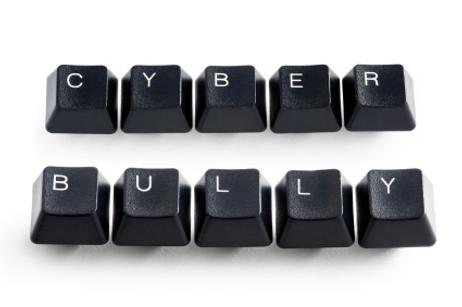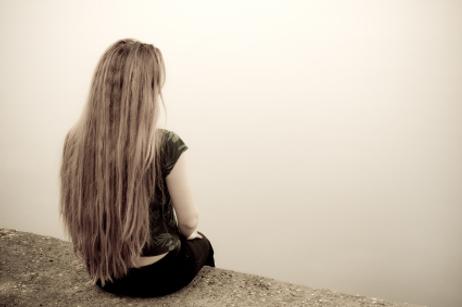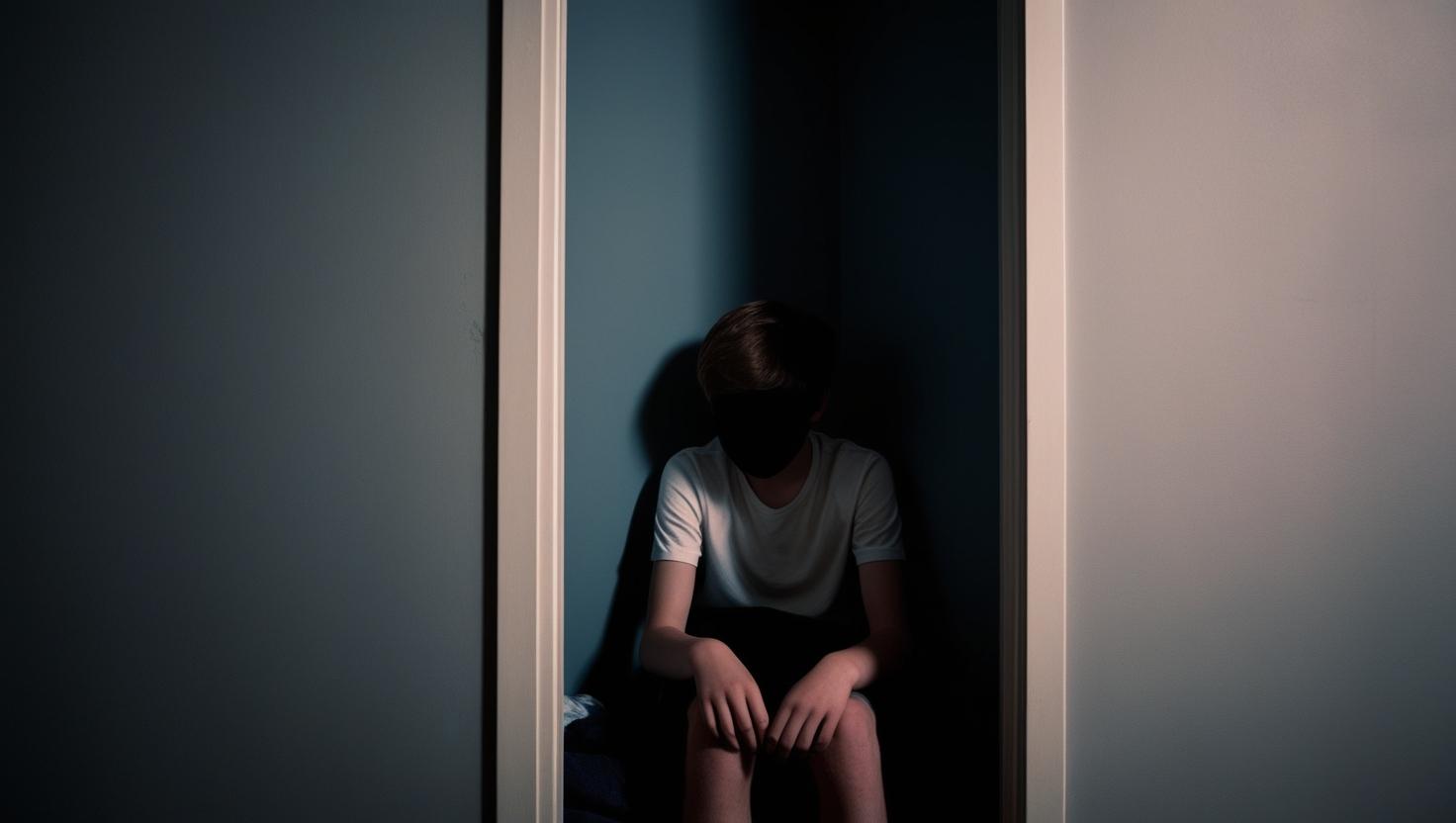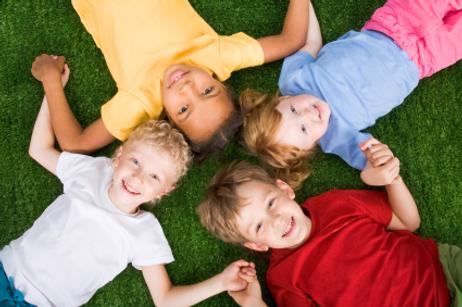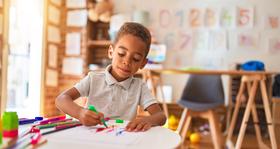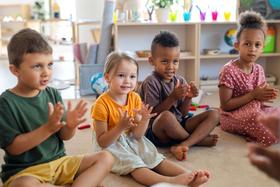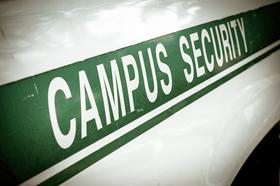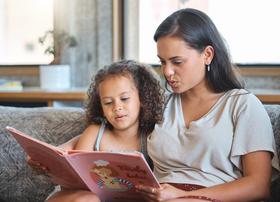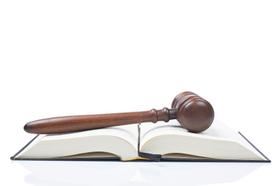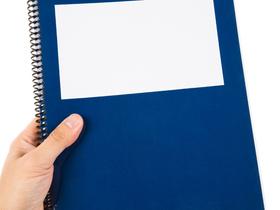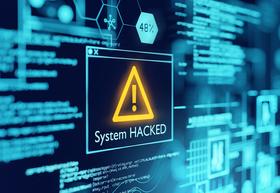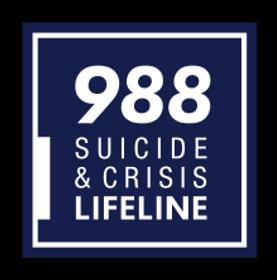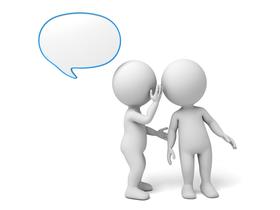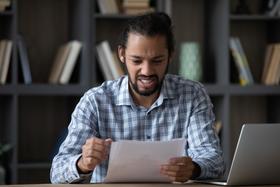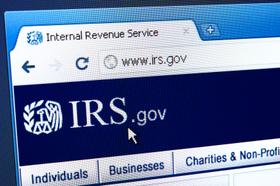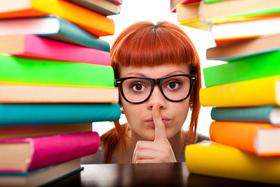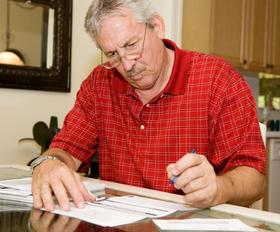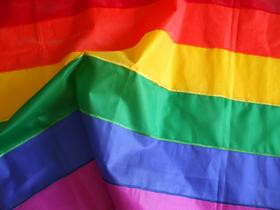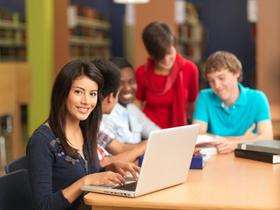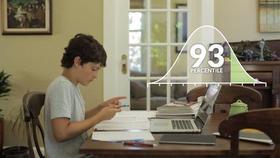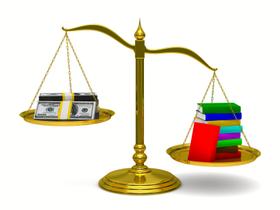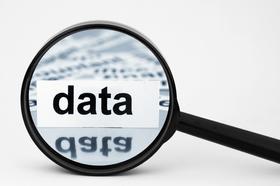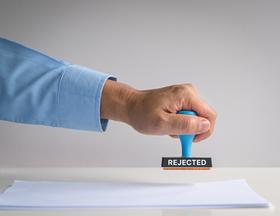Bullying has been part of our human existence since time began. While bullying goes by different names and takes several different forms, whether you call it intimidation or threatening, whether you do it verbally or with your body language, bullying is upsetting and unnerving behavior. Fortunately for us parents, it is completely unacceptable in most private schools, as it should be everywhere else. Most private school discipline codes have strict policies concerning bullying. Be aware that these policies are enforced quickly because students are governed by contract law. In other words, the contract which you signed with the school spells out very clearly the consequences of any infractions of the school's discipline code. Those consequences, such as suspension or expulsion, will happen swiftly.
Naturally, like just about anything else you can think of, bullying has gone electronic. If you thought that bullying was hard to detect in its analog forms, you could imagine how much more difficult electronic or cyberbullying, as it is now called, is to detect. So, where does cyberbullying fit in? As I noted, cyberbullying or bullying done electronically is extremely difficult for us adults to detect. The reason why is that cyberbullying lurks in the virtual shadows created by social media and smartphones. Unless you are following somebody and can monitor their various social media accounts or have access to their mobile device, you cannot definitively prove that cyberbullying is actually occurring. I used the term social media, which used

